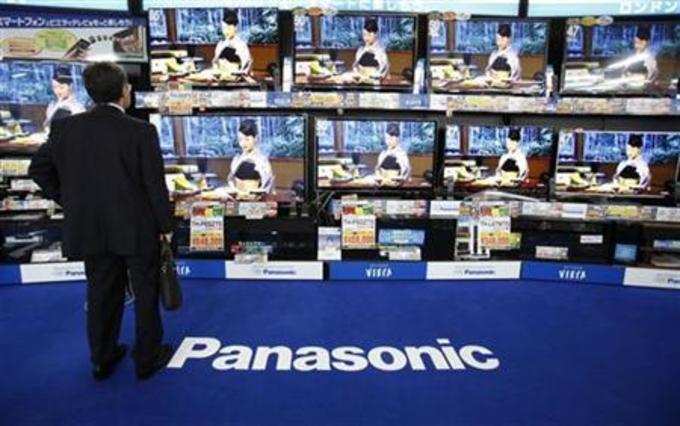
“We clearly see the
"While demand for home appliances is on the upswing on account of rising disposable income and urbanization," Manish says, “the low component localization for consumer products has resulted in much lower product penetration here compared with the rest of the world.”
He also says rural and semi-urban regions have the biggest potential for growth and can fuel industry growth through first-time sales.
Highlighting some other key problems in the sector, Manish says, “The cost of goods today is disproportionate as compared to the incomes among Indians and hence there is a strong need to reduce acquisition costs in order to fuel growth in the industry.”
“There’s also a strong need for the industry to evolve on efficient supply chain mechanisms and distribution must be redefined as operational efficiencies will play a key role going forward,” he says, while also pointing out that the
Here are the challenges and opportunities Sharma would like to see addressed in Budget 2016:
- Provide a conducive environment for the manufacturers of panels used in TVs and smart phones. It will help to build the ecosystem where imports of LCD Panels can be substituted with domestic production.
- The major parts required for manufacturers of air conditioners, refrigerators and washing machines - that are exempt from Basic Customs Duty under various free trade agreements - should also be exempted from BCD.
- An incentive scheme should be introduced to encourage manufacturers to make products with high energy efficiency rating.
- The industry was excited about the government’s efforts and intent for increasing manufacturing in India, but the new foreign trade policy amid an ongoing economic turmoil in EU, Japan, Russia Middle-East which are India’s largest trade partners, comes as a setback to industries exploring